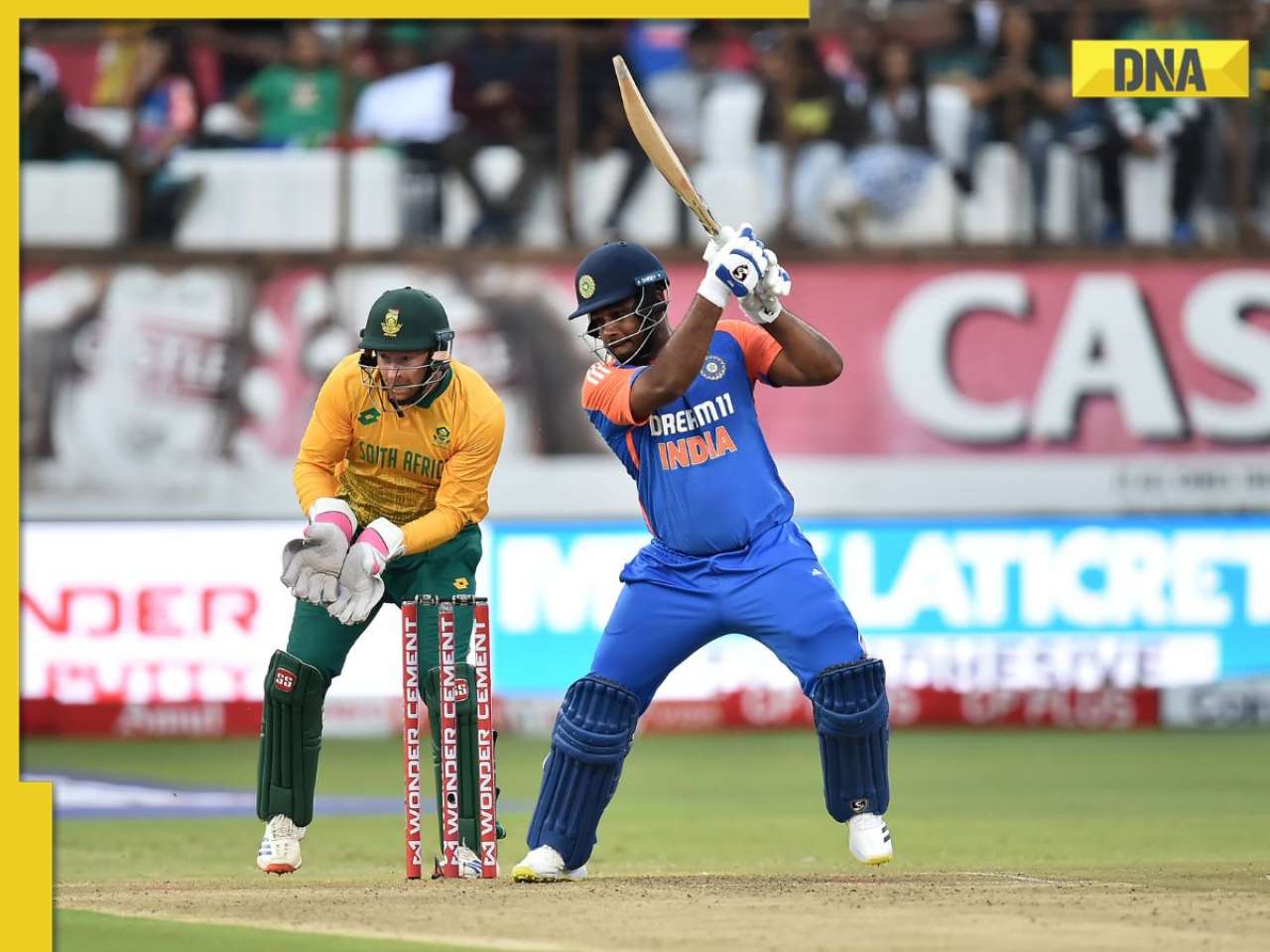- LATEST
- WEBSTORY
- TRENDING
ANALYSIS
"Hamara paisa, hamara hisaab"
While the anti-corruption churning of the last two years would appear to have been an urban, middle-class affair, women participating in social movements like the campaign for the Right to Information have long understood how corruption works.
TRENDING NOW
There is a story Aruna Roy often narrates when talking about the genesis of the Right to Information legislations in India.
She quotes a woman in Beerawar, Rajasthan, who said, “If I give Rs 10 to my son and send him to the market to do some shopping then when he returns surely I have every right to ask him to give me hisaab. Hamara paisa, hamara hisaab.Why should I not do the same with the government?” While the anti-corruption churning of the last two years would appear to have been an urban, middle-class affair, women participating in social movements like the campaign for the Right to Information have long understood how corruption works.
Is this because women are in general, less corrupt or less prone to corruption than men? One 1999 study based on cross-national data came to the conclusion that women were more honest and less inclined to give or take bribes. Will the entry of more women into the public sphere—in politics, in the bureaucracy, in the social sector—make public services and interactions less corrupt? But charges of corruption are also levelled against women politicians, for example—and certainly of abuse of power. In a 2003 paper, the question is raised: are women less corrupt because they have less opportunity to be corrupt?
This, however, is a counter-factual debate at the moment. What is more important, perhaps, is to understand that corruption too has gendered consequences. That is, women and men feel the impact of corruption in some similar ways, but their experiences with it are different in others that reflect their different power positions in society.
Does this really matter? After all, anti-corruption movements seek to throw out corrupt people and practices, lock, stock and barrel. I would argue that it does matter. As we continue to discuss welfare policies, identity-based party politics, inclusion, governance (and its failures) and safety, corruption emerges as a common thread—whose existence we lament but often with resignation—and insofar as different women experience each of these differently, this is true of corruption too. What is true of how women experience corruption is also likely true for other minority and marginalized groups in society. For instance, understanding that corruption further disenfranchises poor women might help design better projects, with fewer loopholes, greater accountability and more careful recruitment of service delivery staff. Everyone benefits from this, not just poor women.
In a 2012 UNDP study, almost 400 grassroots women surveyed in several countries, including India, defined corruption very broadly to include the following: bribery; abuse of power or poor leadership; illegal or deceptive actions; poor or absent service delivery; sexual exploitation; and physical abuse. The women surveyed saw all public agencies as corrupt with the police and local government being the most corrupt. It was found that women encounter corruption most in the delivery of basic services (like getting food ration allocations, government documents or even health-care) and in the years when they needed public care services most, but that it extended to all their interactions with the state.








)
)
)
)
)
)
)
)
)
)
)
)
)
)
)